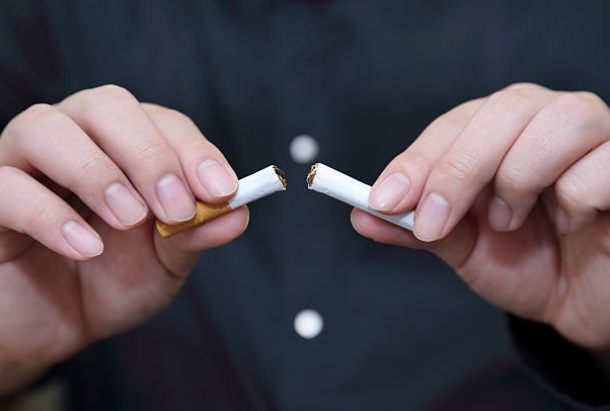Can I Still Quit
October 8, 2022
By: Dr. Mary Rose Strickland
Tobacco is the single largest preventable cause of morbidity and mortality in the US. On average ~50 million Americans die prematurely every year and ~16 million suffer from diseases caused by smoking. But the good news is, it’s never too late to quit.
Quitting reduces the risk of disease – including lung cancer, coronary heart disease, stroke, peripheral vascular disease, chronic obstructive pulmonary disease, and infertility. The benefits of quitting smoking can be seen immediately and over time:
- People who quit smoking cut their risk of having a heart attack by 50% IMMEDIATELY upon quitting, compared to someone who continues to smoke.
- In 1 year, the risk of heart disease is 50% of a non-smoker.
- In 2-5 years, the risk of stroke is approximately that of a non-smoker.
- In 10 years, the risk of lung cancer is reduced by 50%
It can also add meaningful years to your life:
- Quitting at age 30 adds 10 years of life expectancy.
- Quitting at age 60 adds 3 years of life expectancy.
Ready to quit? There are a variety of options proven to help.
- Talk to your primary care doctor about medications available. Several therapies are available from nicotine replacement to non-nicotine medications.
- Counseling with a practical approach (which includes problem-solving skills and skills training) can be very helpful in recognizing high-risk situations, identifying triggers, addressing barriers to behavior change, developing physical/mental coping skills, providing support and encouragement, and engaging in discussions about the quitting process.
- Other treatment options are available, although not well researched on its effects. This includes acupuncture, hypnosis, cigarette fading, and restrictive environment stimulation therapy. Care should be taken before considering e-cigarette or vaping, as these items are not FDA regulated and even items labeled “no nicotine” have been found to contain nicotine. They have recently associated with lung injury.
